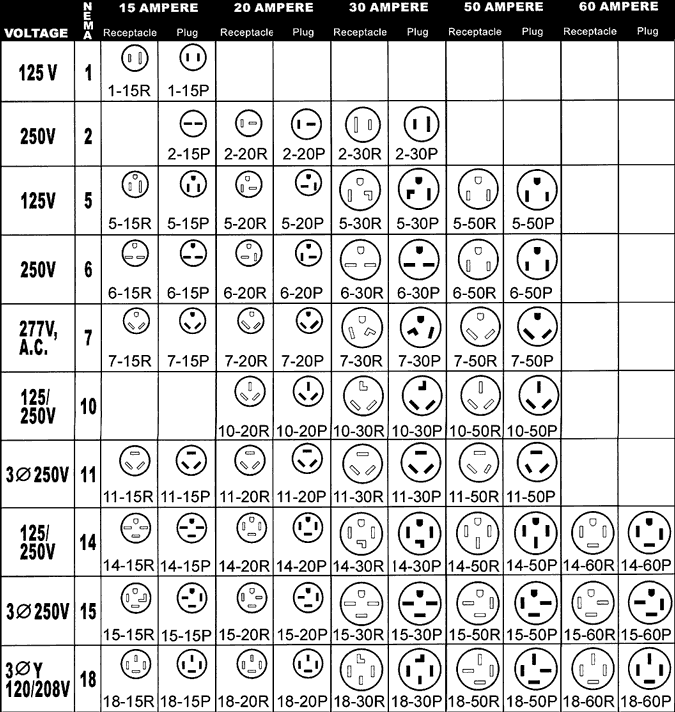yomax4
Elite Member
- Joined
- Mar 11, 2007
- Messages
- 2,840
- Location
- Midwest
- Tractor
- ISEKI TA 247. Stihl Saws Gravely Zt's Polaris ATV's State Of The Art Welding Equipment
If you read the plate on the front of your 211 you will see that the output is not 211 amps. It's more like 150. I think a 40 would do it. Miller over rates most of it's integrated mig units.
